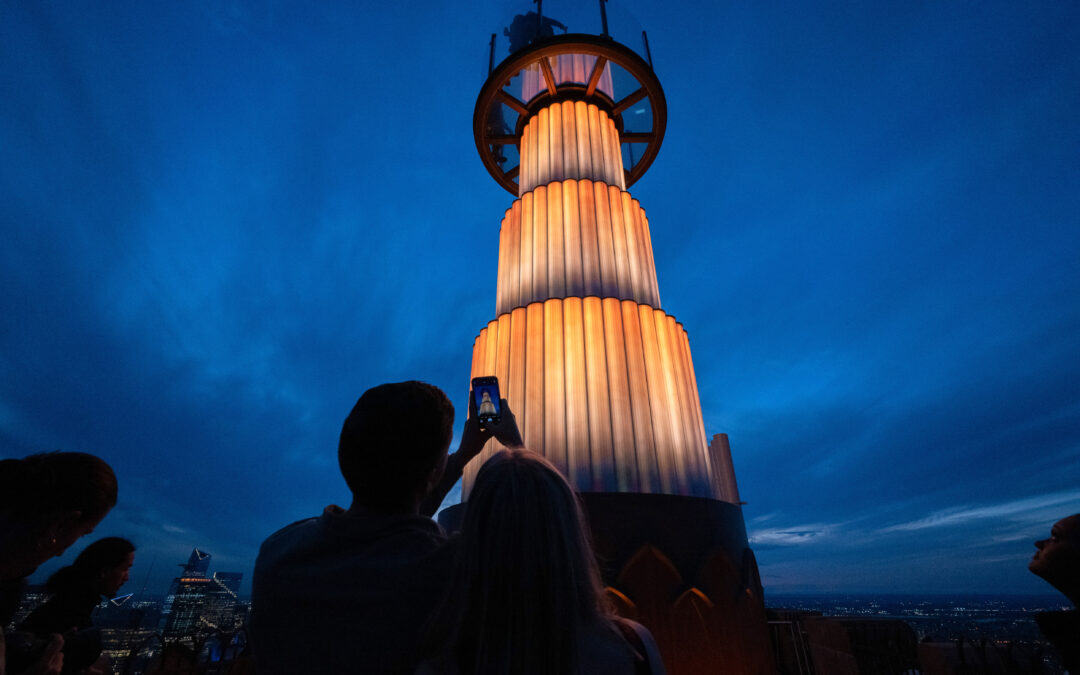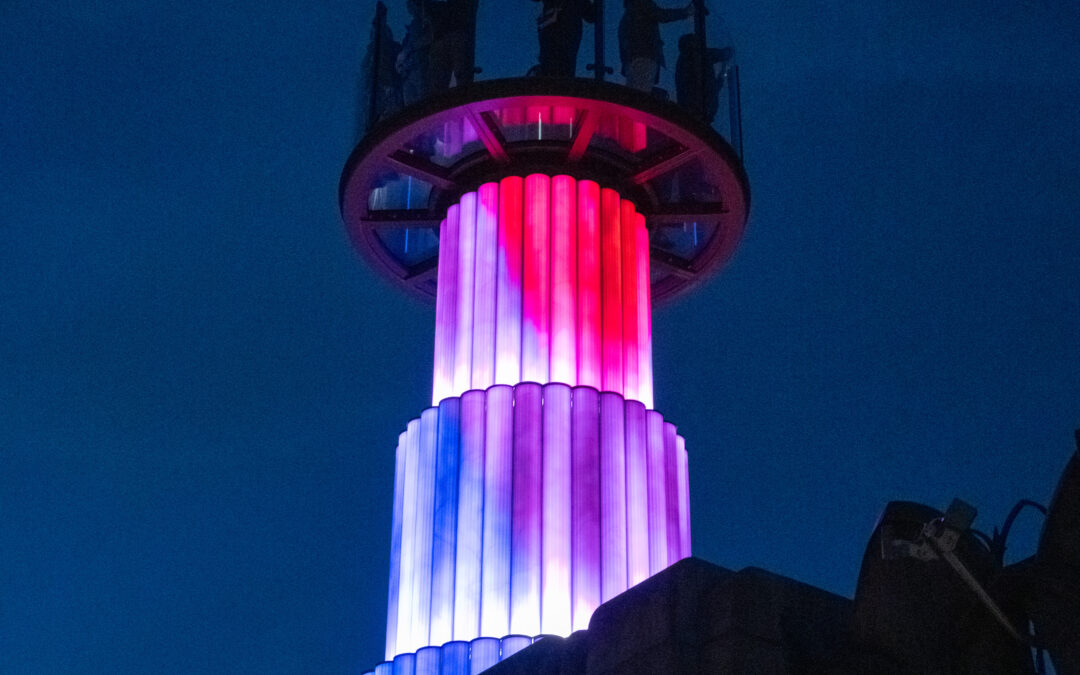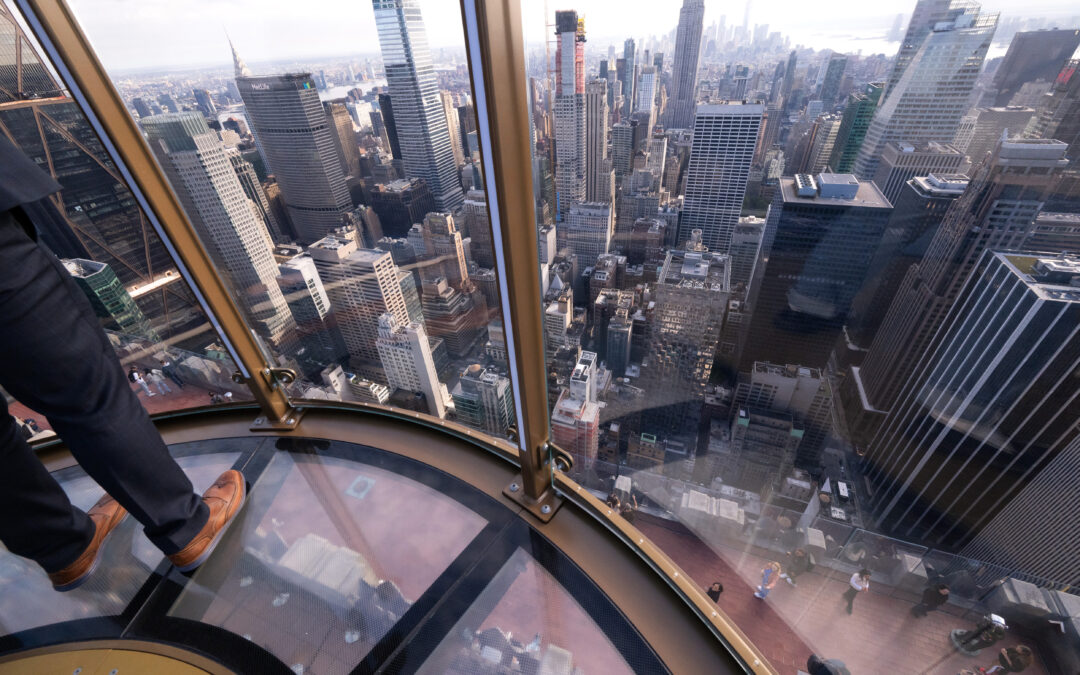Life Sciences and Consumer Goods Sectors Offer Development and Repositioning Opportunities
NYREJ – Life science and consumer goods sectors offer development and repositioning opportunities for underutilized commercial and industrial real estate – By Steven Andersen, MADGI Principal and Design Director
COVID-19 shutdowns have accelerated the move to remote work environment, which will likely decrease the demand for office real estate. The life sciences and consumer goods market sectors (LSCG), in contrast, are booming and promise long-term growth and stability. Researchers require company-operated spaces with continuous access to labs. This guarantees continuing demand for research facilities.
LSCG tenants have specific property needs, including enhanced structure, robust utilities and ventilation, backup power, and around the clock operation. For successful conversion, the property owner needs support from a design, brokerage, and construction team that is experienced in these types of properties.
“Many life sciences firms grow rapidly and seek real estate that already offers the systems and layouts that support their operations,” said James Walsh, senior associate, NorthStar Owners Representation. “This creates opportunities for landlords ready to accommodate biotech tenants.”
Location is an important factor in selecting a potential LSCG property. According to Jonathan Andrew, managing director at Gardiner & Theobald, “Many LSCG tenants want to be located near academic and medical facilities to enhance collaborations and to develop business opportunities. Proximity to transportation hubs is an important factor as well.”
Many municipalities are developing technology hubs to encourage incubators and startups. New York City’s LifeSciNY is a $500 million plan to position itself as a global leader in the commercial life sciences. Many localities have simplified and updated zoning rules to make them more attractive for developers and biotech tenants.
Zoning regulations are a crucial component of project planning as they determine the floor percentage allowed for labs, storage, and processes as well as parking and loading dock availability and the potential for future facility expansion.
Floorplate size and structural capacity are critical determinants in selecting space for LSCG conversion. Spaces must accommodate not only people, but also mechanical and other equipment, manufacturing processes, storage, shipping, and waste handling. Freight elevators and access to loading docks are also essential.
Typical office building floors have a combined dead and live load capacity of between 125 pounds per s/f and 150 per s/f. Biotech facilities, in contrast, require a capacity of 200 per s/f to 300 per s/f or more to support the weight of heavy equipment.
Ground floor slab on grade is the most cost-effective way to accommodate this heavier loading, and previous warehouse or industrial buildings are well suited for conversions. Multi-story office buildings, on the other hand, will likely require structural upgrades. Montroy Andersen DeMarco recently completed the renovation of an office and laboratory space in Manhattan for Symrise, a producer of flavors and fragrances. A new computerized storage system for fragrance components required the installation of new steel support beams below the floor.
Laboratory spaces are heavily loaded with ductwork and plumbing that need to run above the ceilings. “To permit a finished ceiling height of 9- to 10-feet, a clear minimum height of 14-feet from floor slab to underside of the slab above is ideal, although lower clearances of as little as 12-feet are possible with creative ceiling design,” said Andrew.
Research facilities require robust MEP systems. Lab ventilation requires 6 to 12 air changes per hour, an increase over the typical office rates of 2 to 4 changes per hour. Dedicated exhaust shafts with customized filtration are needed for odor booths and for fume hoods. Rooms may need to be negatively pressurized, so that the surrounding areas are not contaminated by airborne particulates.
There is a heavy plumbing demand as well. Labs utilize many sinks and equipment that require water, driving an increase in wastewater capacity. In addition, central systems for the distribution of compressed air or vacuum are often required as are acid neutralizing systems and cold rooms or cryogenic reactors. Labs need to be fire rated and fire sprinklers must be installed to meet code requirements.
Finally, LSCG facilities require increased and redundant electrical power and back-up generators to support lab robots and other equipment that may run around the clock.
Research tenants will be increasingly sought after by landlords, which will lead to owners providing additional amenities and systems as value added services. Break and game rooms for employees as well as 24-hour operation and security are some of these potential amenities.
Due to rapidly developing technologies, the functions of research facilities in urban and suburban locations will likely vary in the future. The use of digital technologies will likely drive down the costly upgrades and space needed in the cities, while still offering urban locations that attract the top talent, collaborators, and clients.
Steven Andersen is Principal and Design Director at Montroy Andersen DeMarco, New York, N.Y.
Source: New York Real Estate Journal / Photo Credit: Michael Levy Photography


Top of the Rock Opens 900 Ft. High Skylift Attraction
Skylift at Top of the Rock, a new attraction atop 30 Rock, elevates visitors nearly 900 feet in the air above street level for a spectacular, entirely unobstructed, 360-degree view of New York City. The design team for the Skylift included owner Tishman Speyer...

Tishman Speyer Properties and Architect Richard J. DeMarco Complete Skylift At Rockefeller Center’s Top Of The Rock
The One-of-a-Kind Attraction Elevates Visitors Nearly 900 Feet Above New York City New York, NY–Skylift at Top of the Rock, a new attraction atop 30 Rock, elevates visitors nearly 900 feet in the air above street level for a spectacular, entirely unobstructed,...

Skylift Opens at Rockefeller Center’s Top of The Rock
Skylift at Top of the Rock, a new attraction atop 30 Rockefeller Plaza, has opened, elevating visitors nearly 900 feet in the air above street level for a spectacular, entirely unobstructed, 360-degree view of New York City. The design team for the Skylift...
